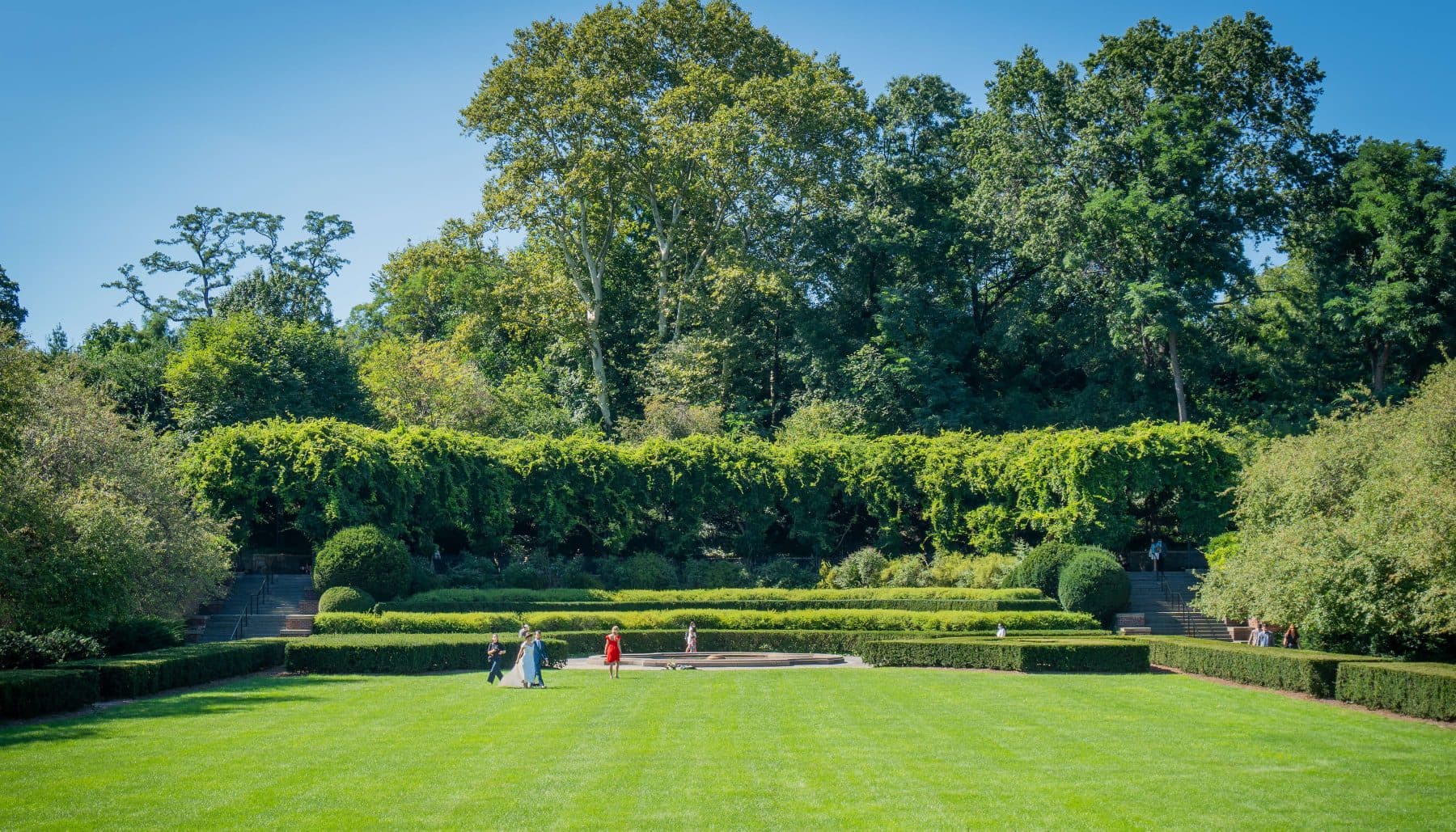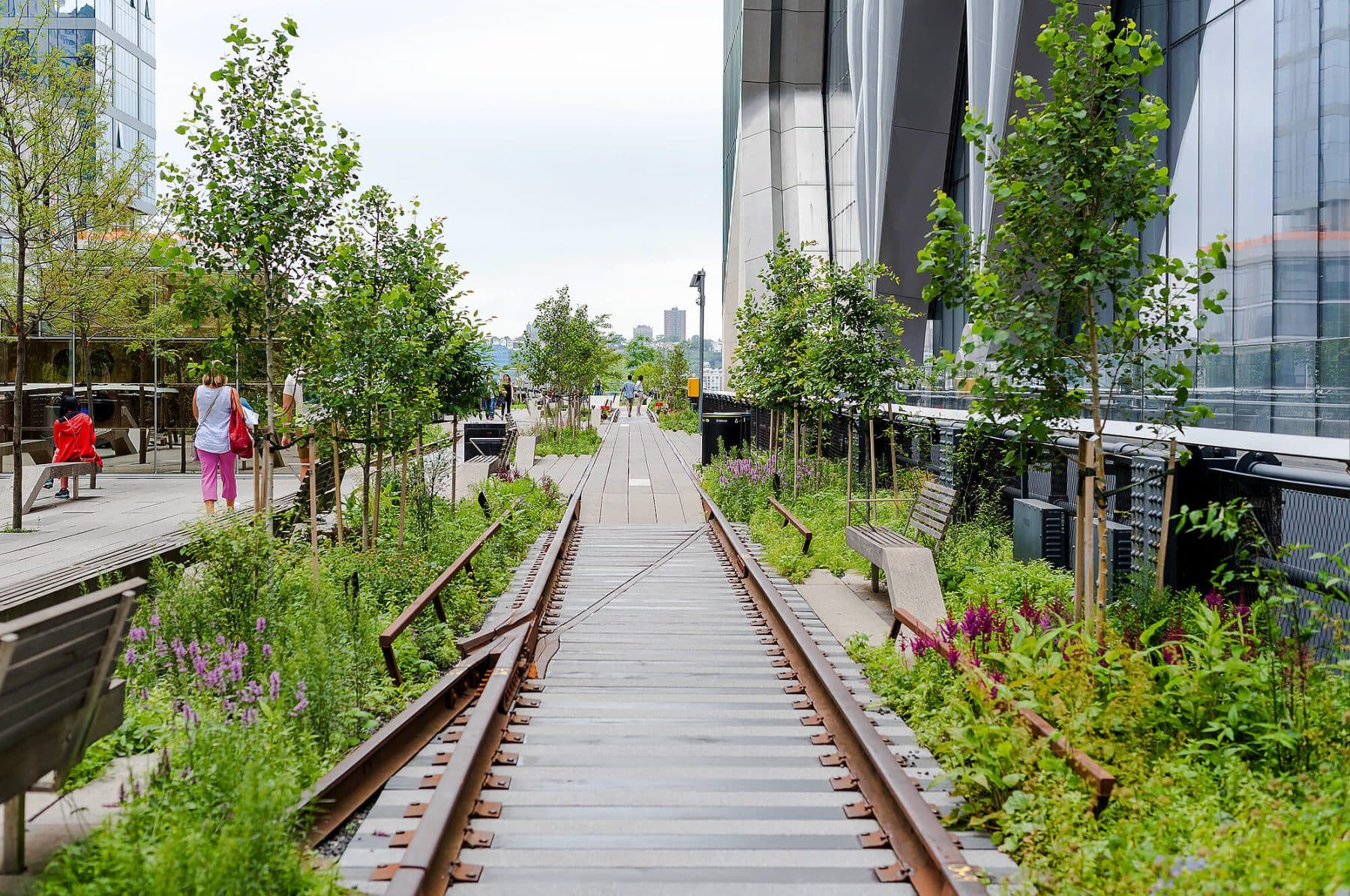


As a firm specializing in designing public places that inspire and serve modern urban communities, we embrace sustainable design practices in each project we undertake.
It’s often said that nature is the best designer. Taking this to heart, we aim to incorporate nature into our urban spaces, enhancing the overall aesthetic while contributing to improved air quality and biodiversity.

Our commitment to sustainability extends to the materials we use. We prioritize using materials that are locally sourced, recycled, or sustainably produced, minimizing the environmental footprint of our buildings.
Modern architectural techniques allow us to create buildings that not only use less energy but, in some cases, generate it.
From passive design principles that take advantage of natural light and ventilation, to solar panels and green roofs, energy efficiency is at the core of our design philosophy.
Our designs aim to minimize energy use while maximizing comfort and aesthetics. This approach makes our buildings more economical to run and better for the planet.
As architects designing public spaces for modern urban communities, we see sustainable design not as a challenge but as an opportunity. An opportunity to create inspiring spaces that are as good for people as they are for the planet.
In the face of growing concerns about climate change and resource depletion, sustainable design has emerged as a crucial approach in urban planning. More than a trend, it’s a necessity for the future of our cities and the well-being of their residents.
Choosing sustainable materials is not just about reducing environmental impact. It also has practical benefits like durability, longevity, and lower maintenance costs.
Driver Design Group
Sustainable design encompasses a range of strategies that aim to reduce the environmental impact of urban development. These can include green buildings, renewable energy sources, water conservation, waste management, and the creation of green spaces. But the impact of sustainable design extends beyond the environment.
By promoting the use of public spaces, enhancing walkability, and fostering community involvement, sustainable design can significantly improve the quality of life in urban areas. Green spaces provide areas for relaxation, exercise, and social interaction, improving mental and physical health. Similarly, walkability can promote healthier lifestyles and a stronger sense of community.
Sustainable design can also contribute to the economic vitality of cities. Green buildings and renewable energy projects create jobs and can lead to savings in energy costs. In addition, sustainable urban areas are increasingly attractive to residents, businesses, and tourists, driving economic growth and property values.




The adoption of sustainable design in urban spaces is a complex task requiring the collaboration of architects, urban planners, policymakers, and the community. However, the potential benefits for our cities and our planet make it an essential path to follow.
In the face of growing concerns about climate change and resource depletion, sustainable design has emerged as a crucial approach in urban planning. More than a trend, it’s a necessity for the future of our cities and the well-being of their residents.

One of the world’s premier examples of sustainable urban design is The High Line in New York City. This elevated, 1.45-mile-long park, built on a former railway line, weaves its way through the city’s bustling West Side:






| Code number | Project Type | Duration | Fee |
|---|---|---|---|
| 16447984 | Building Codes and Regulations | ~16 weeks | $250k |
| 16447851 | Structural Load Tables | ~28 weeks | $450k |
| 16447633 | Material Properties | ~24 weeks | $400k |
| 16447422 | Sustainability Metrics | ~8 weeks | $125k |
| 16447157 | Environmental Data | ~14 weeks | $210k |
| 16439721 | Local Zoning Ordinances | ~18 weeks | $275k |
| 16439642 | Energy Efficiency Standards | ~48 weeks | $750k |
We’ve found the “Sustainability Visionaries” episode of the Metropolis Deep Green podcast extremely insightful to understand more about this topic. Give it a listen!
For more ongoing discussions on sustainability in urban spaces, follow the #SustainableCities hashtag on Twitter. Here’s an interesting post we found:

Education
Join us for the "Urban Design Sustainability Conference Series," a thought-provoking exploration of sustainable city planning, where experts across various disciplines come together to discuss innovative solutions, share cutting-edge research, and shape the future of our urban landscapes.
Grab your tickets now!Disclaimer: The architectural designs and images represented on this platform are intended for demonstration purposes only. They feature structures that exist in the real world but have been assigned fictional names. These fictitious names are in no way intended to represent or be associated with any actual building projects, firms, or architectural copyrights. This demonstration portfolio is solely for showcasing the capabilities of the Driver website design platform and should not be used for any other purpose or in any other context.